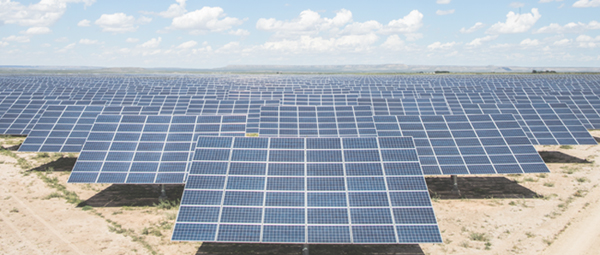South Korean solar energy material companies are facing a setback in both employment and market size at home due to aggressive price competition from China.
According to data from Korea Energy Agency on Sunday, the number of employees in the Korean photovoltaic manufacturing industry fell to 6,654 in 2021 from 8,639 in 2015. The domestic PV manufacturing market size also contracted to 2.17 trillion won ($1.66 billion) from 2.29 trillion won during the same period.
The decline was mainly caused by the low-cost strategy employed by Chinese companies. Hanwha Solutions Corp. and OCI Co., Korea’s two leading solar power-related companies, halted their domestic production of polysilicon, a key material for solar cells, in 2020 due to an unfavorable cost structure. In April of the same year, SKC Ltd. terminated its ethylene-vinyl acetate sheet business used in solar modules.
In July of last year, Woongjin Energy Co., the only company producing solar ingots and wafers in Korea, was declared bankrupt. LG Electronics Inc. also closed its solar module business in June. The market share of Chinese solar cells in the Korean market is expanding. Chinese solar cells accounted for 52 percent of the Korean market in 2017 and 59 percent in 2022.
In terms of modules, China’s occupancy increased to 32 percent from 27 percent. But the actual proportion of Chinese products in the domestic market is even higher since Chinese solar cells are classified as domestic if they are used to produce solar modules in Korea.
“Even if we want to build a mother factory with cutting-edge facilities in Korea and lead R&D activities, we are hesitant to invest because there are no subsidies unlike in the U.S,” said a Korean PV industry official.
“To restore the domestic solar industry ecosystem, it is necessary to consider subsidizing the establishment of solar manufacturing facilities in Korea,” said Jung Woo-sik, vice president of Korea Photovoltaic Industry Association.






